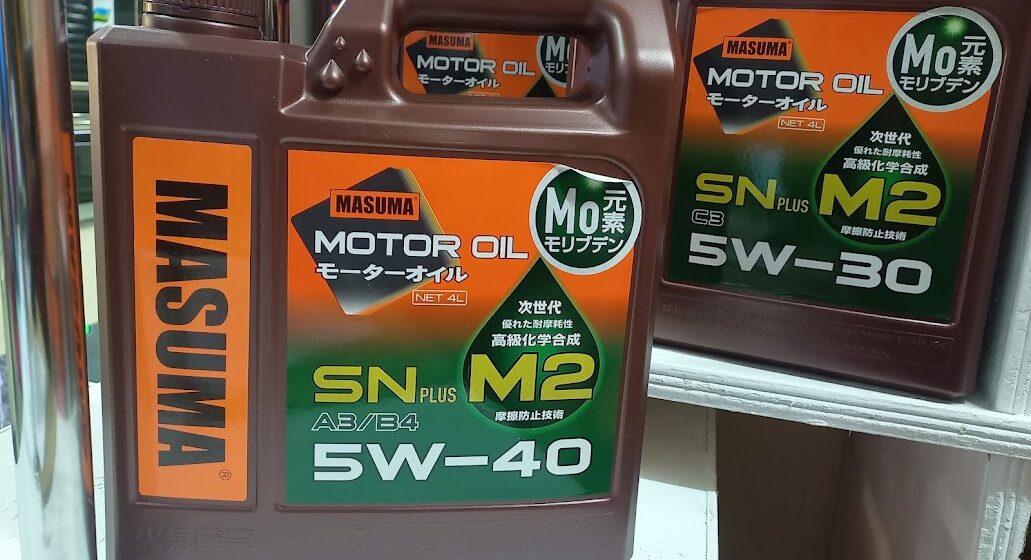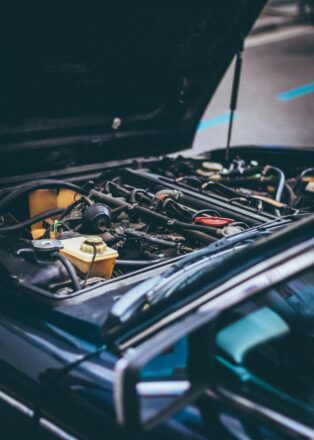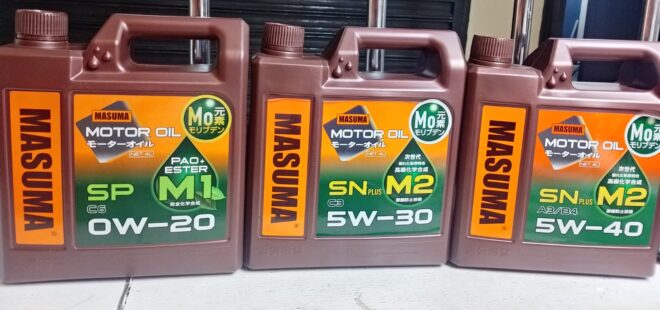This article dives into the world of engine oil classifications, specifically focusing on the ACEA system used in Europe. It clarifies the differences between ACEA and API classifications and explores the various ACEA oil categories for modern vehicles.
What is ACEA?
ACEA stands for the Association des Constructeurs Européens de l’Automobile, which translates to the European Automobile Manufacturers’ Association. They establish a classification system for engine oils, similar to the American Petroleum Institute (API) system but with stricter requirements.
Here’s a key takeaway: An oil meeting both API and ACEA specifications generally uses a superior additive package compared to one designed solely for API compliance.
Decoding ACEA Codes
The ACEA classification system categorizes engine oils based on their suitability for different engine types and emission control systems. It uses a combination of letters and numbers to denote specific performance characteristics.
- A/B: This category covers oils designed for gasoline (A) and light-duty diesel (B) engines.
- C: This category encompasses oils formulated for light-duty vehicles with diesel particulate filters (DPFs) and three-way catalysts (TWCs). These oils are typically Low SAPS (Sulphated Ash, Phosphorus, and Sulphur) to minimize emissions.
- E: This category caters to heavy-duty diesel engines.
Following the letter designation, a number is used to indicate the specific performance level within the category. Higher numbers generally represent more stringent requirements.
Here’s a breakdown of some common ACEA categories:
- A3/B3: Stable, stay-in-grade oil for high-performance gasoline and diesel engines or extended drain intervals.
- A3/B4: oils are used in high-performance and direct-injection diesel engines. They can also be used instead of A3/B3-grade oils.
- A5/B5: Similar to A1/B1 but formulated for high-performance engines using low friction, low viscosity oils. May not be suitable for all engines.
- C1 (Obsolete): Stable oil for DPFs and TWCs in high-performance engines requiring low friction, low viscosity, and Low SAPS oils.
- C2: Stable oil for DPFs and TWCs with Mid SAPS for high-performance engines requiring low friction and low viscosity.
- C3: Stable oil for DPFs and TWCs with Mid SAPS for high-performance engines requiring low friction and low viscosity. May also meet A3/B4* and API SN.
- C4: Similar to C1 with tighter volatility limits and no lower limit on phosphorus.
- C5: Stable oil similar to C2 and C3 but with a lower HT/HS viscosity for improved fuel economy.
- C6: Stable oil with Mid SAPS for improved fuel economy and aftermarket compatibility.
- C7: Stable oil with Mid SAPS for improved fuel economy and DPF compatibility.
- E4: Stable oil for extended drain intervals in severe conditions, typically synthetic or predominantly synthetic.
- E6 (Obsolete): Similar to E4 but with chemical limits for engines with particulate filters and SCR NOx reduction systems.
- E9: Designed for Euro 4, Euro 5 & Euro 6 emission diesel engines, with and without DPFs.
Key Points to Remember:
- ACEA specifications have stricter requirements for shear stability and oil volatility compared to API classifications.
- Certain ACEA categories are not interchangeable. Always consult your vehicle’s owner’s manual for the recommended oil type.
- Some manufacturers have their own oil specifications alongside ACEA classifications.
Why Use the Right Oil?
Using the correct engine oil is crucial for optimal engine performance, longevity, and fuel efficiency. The right oil ensures proper lubrication, reduces wear and tear, and protects against harmful deposits. Following the manufacturer’s recommendations is essential.




